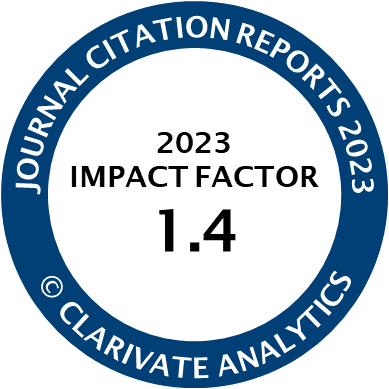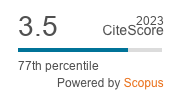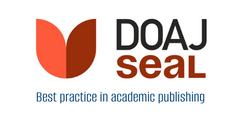Article | Open Access
Dancing Hands: On Neurodivergent Embodied Knowledge
| Views: | 694 | | | Downloads: | 538 |
Abstract: This article gives insight into my artistic research project Stimming a Space, which explores “stimming”—auto‐regulative behaviour—as a means to make and hold space for neurodivergent individuals within the art world. The umbrella term “neurodiversity” describes developmental conditions such as autism, ADHD, or dyspraxia. Neurodivergent individuals stim extensively due to frequently occurring sensory issues. I argue that parallel to movements of “queering” public spaces that result in increasing safety for all gender identities, “cripping” spaces through adjusting them to neurodivergent needs can be beneficial to everyone in a competitive capitalist environment such as the art world: from education to art spaces and academia that host an increasing number of artistic researchers. Diversity in the art world is not a luxury but a need. Despite recent motions for inclusion, disabled artists still encounter “ableism,” othering, and exclusion. Lack of diversity perpetuates stereotypes and mental obstacles. From an “emic” perspective, the research project Stimming a Space approaches neurodiversity as a disability affecting the entire body instead of solely focusing on symptoms such as speech impairment or executive dysfunction. As a counterweight to much literature that problematises stimming as “disruptive behaviour,” this autoethnographic research approaches it as a performative tool and claims that exploring the entire “bodymind” and embracing stimming as a radical act of self‐care can enrich current research on neurodiversity. Opening up the art world is not a mere act of solidarity—lived inclusion makes it more accessible and safer for everyone.
Keywords: ableism; accessibility; artistic research; auto‐ethnography; crip; disability studies; diversity; inclusion; neurodiversity; stimming
Published:
© Anna Püschel. This is an open access article distributed under the terms of the Creative Commons Attribution 4.0 license (http://creativecommons.org/licenses/by/4.0), which permits any use, distribution, and reproduction of the work without further permission provided the original author(s) and source are credited.




